Presidents have sent troops to the San Diego border before. Could this time be different?
Published in Political News
SAN DIEGO — The deployment of military troops to the southwestern border is nothing new.
Presidents both Republican and Democrat have called on military support in San Diego and elsewhere many times over the years to assist with border security tasks, from surveillance to reinforcing barriers.
But President-elect Donald Trump’s hint this past week that he may use armed forces to carry out mass deportations could veer into new territory.
Trump signaled his plans in response to a social media post by the president of the conservative Judicial Watch group, who stated that the incoming Trump administration is prepared to “declare a national emergency and will use military assets” to address illegal immigration “through a mass deportation program.”
Further details of how the Trump administration will do so remain unclear.
The troops who have previously worked along the border have performed support background roles — often discreetly — and not in an enforcement capacity that has them interacting with migrants. The same goes for the California National Guard members who are currently deployed in San Diego. The question becomes whether Trump’s plan goes beyond that.
In San Ysidro, just across the border from Tijuana, some residents still remember during the first Trump administration the spectacle that U.S. Army and Marine troops, including some from Camp Pendleton, brought to the area — even for a community used to the heavy presence of border agents.
That’s when hundreds of active-duty troops were sent in 2018 to support operations along the California-Mexico border in response to the arrival of migrant caravans from Central America.
“We do have a very strong Border Patrol presence,” said Mónica Delgadillo, a San Ysidro resident for over 40 years. “But the military or the National Guard was something very different.”
Army personnel spent days installing concertina wire at the U.S.-Mexico fence to make it more difficult to scale and fortifying areas around the ports of entry to prevent large crowds from rushing into the U.S. They joined previously deployed National Guard members who had been maintaining Border Patrol vehicles, working in dispatch stations and manning remote video surveillance systems.
The following year, amid a national emergency declaration to replace the border wall, more troops were sent to the southern border to help install wire barriers and monitor crossings. Trump also used the declaration to divert Pentagon funds to help finance the wall project.
Troops were also called upon during the Biden administration to support the Department of Homeland Security as the agency dealt with the lifting in 2023 of a COVID-era policy that mostly closed the border to asylum seekers. The troops assisted with administrative and support tasks, not law enforcement activities.
The Posse Comitatus Act restricts the federal military from performing civilian law enforcement duties, except where authorized by Congress. One of the statutory exceptions to the law is the Insurrection Act.
Gov. Gavin Newsom has continued to deploy the California National Guard to assist with drug interdiction — primarily targeting fentanyl trafficking — at ports of entry. Recently, state officials said the agency’s counter-narcotics task force helped law enforcement partners seize more than 1.7 million pills of fentanyl in October.
“This program continues to be extremely successful — providing critical support to law enforcement agencies in combating illicit drug trafficking and transnational criminal activity,” the agency said in a statement.
But while the National Guard operates under the control of the governor, in certain circumstances the president has the authority to federalize the National Guard.
Cal Guard officials said that deployment of National Guard forces is governed by distinct criteria for state and federal missions, and that they will “not speculate on potential changes or future missions.”
Trump and his advisers have offered a few hints.
Last year, Trump’s proposed deputy chief of staff, Stephen Miller, told The New York Times that military funds would be used to build “vast holding facilities that would function as staging centers” for immigrants as their cases progressed and they waited to be flown to other countries.
He went further in a radio interview, proposing calling on “red state governors” and asking for their National Guards: “We will deputize them as immigration enforcement officers. They know their states, they know their communities, they know their cities.”
Trump has also vowed to invoke the Alien Enemies Act of 1798 to “target and dismantle every migrant criminal network operating on American soil.”
Lee Gelernt, an American Civil Liberties Union attorney who spearheaded the legal challenge in San Diego to Trump’s policy of separating migrant families at the border, said that use of the military to carry out deportation under such law “is flatly illegal.”
“The law requires an invasion by a foreign government, which is why it’s only been used previously during declared wars with foreign enemies,” he said in a statement.
Shawn VanDiver, a Navy veteran and co-founder of the San Diego chapter of the Truman National Security Project, called the plan to use the military to address civilians “outrageous.”
“We are not a country that has the military running through the streets interacting with our civilians,” he said. “That’s just not a thing. In San Diego, we have a lot of military here, but they are our neighbors. And our neighbors here know that, like they can use their own eyes and see, that we don’t have this massive crisis that’s been fabricated in people’s eyes.”
Migrant encounters between ports of entry along the U.S.-Mexico border have dropped by more than 55% since President Joe Biden issued an executive order restricting asylum in June, according to Customs and Border Protection data.
As of 2022, the most recent year for which federal and Pew Research Center estimates are available, there were about 11 million undocumented immigrants living in the United States. About 1.8 million of them were living in California.
During a recent visit to San Diego, retired Mexican ambassador Martha Bárcena, who served as Mexico’s ambassador to the United States during the Trump administration, said it would be “irresponsible” to think that proposals like mass deportations were merely campaign promises. But she said she expects many of Trump’s policies to be challenged in court.
©2024 The San Diego Union-Tribune. Visit sandiegouniontribune.com. Distributed by Tribune Content Agency, LLC.
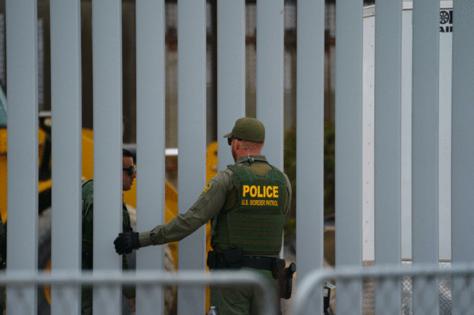






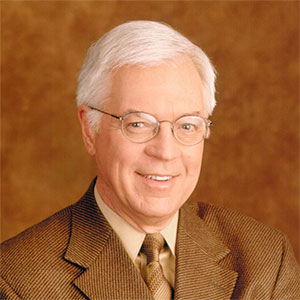

























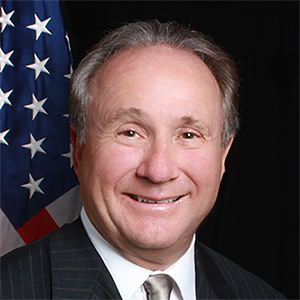

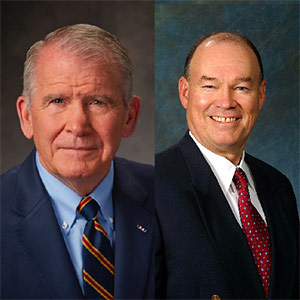




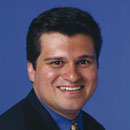













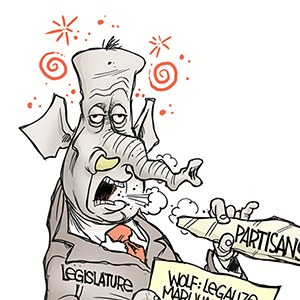





Comments